GALLERY 05 | WATER & EQUITY
EXHIBIT 02/02
Mahad Satyagrah: A Struggle for Water
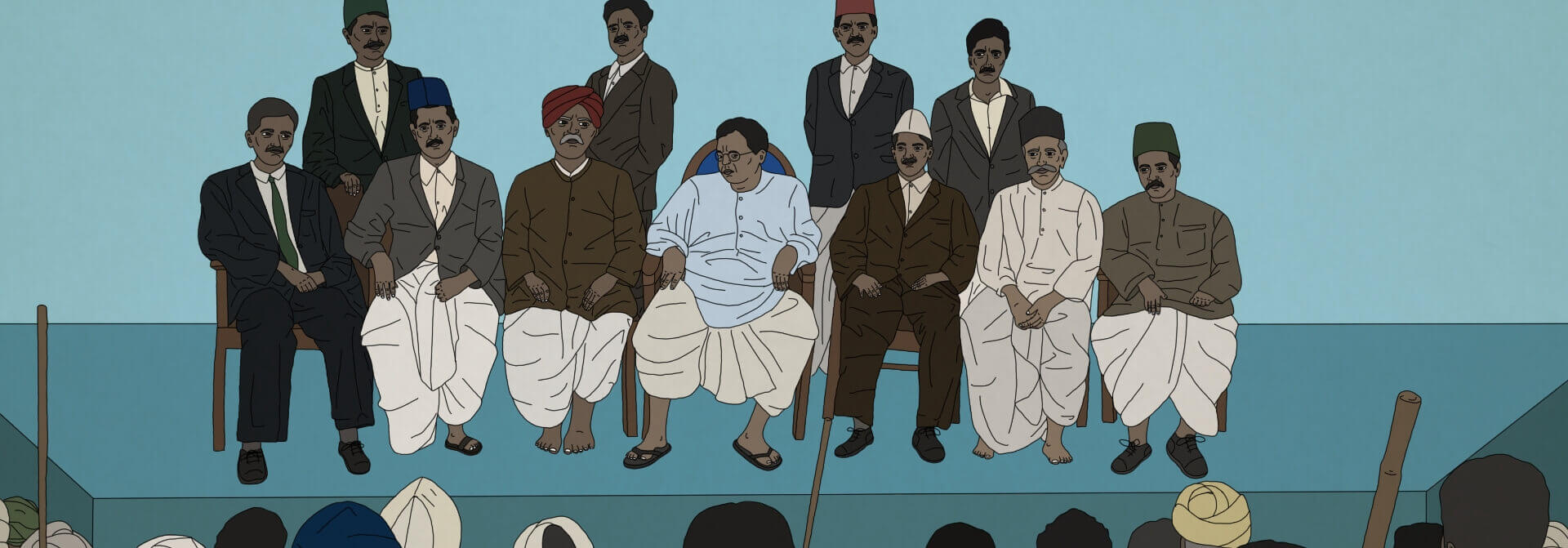



Thousands of Dalits walked to the Chavdar Lake in Mahad, Raigadh district, on March 20, 1927, to claim their right on water. Dr B.R. Ambedkar had struck a powerful blow against Hindu casteism.The Mahad satyagraha was a path breaking social awakening event in pre-Independent India which left its mark even in the Indian Freedom struggle.
After drinking the water from the tank, the Dalit community was brutally attacked by the upper-caste. This left physical and financial wounds and damages - but drinking that water gave the taste of freedom to the community.
Today we can drink water from any public space but domestic spaces still have reserved opinions about equality and the right to water. Various household workers are denied the use of toilets. Some discriminate with the utensils. Some are discriminatory on the basis of ‘hygiene’. The untouchability has taken a modern form now. I know our struggle is a continuous one. It was never about just water, it is about Human Rights.
रायगड जिल्ह्यातील, महाड येथील चवदार तळे येथे हजारो दलित पाण्यावर स्वतःचा हक्क सांगण्यासाठी २० मार्च, १९२७ रोजी चालत गेले. या सत्याग्रहाद्वारे भारतरत्न डॉ. बाबासाहेब आंबेडकर यांनी हिंदू जातिव्यवस्थेवर एक जोरदार प्रहारच केला. केवळ दलितांनी पाण्यावर आपला हक्क सांगण्यासाठीची ती एक चळवळ नव्हती, तर स्वातंत्र्यपूर्व काळातील भारतातल्या प्रमुख सामाजिक घटनांतील, महाड सत्याग्रह ही एक प्रमुख घटना होती ज्याची छाप भारतीय स्वातंत्र्य लढ्या वर ही पडली.
तळ्यातील पाणी चाखल्यावर, दलितांवर उच्च जातींतील लोकांनी क्रूर हल्ला केला. आज आपण कोणत्याही सार्वजनिक ठिकाणी पाणी पिऊ शकतो,
परंतु घरगुती वापराच्या पाण्यावर अजूनही पाण्याच्या सामान हक्कांबाबत निर्बंध आहेत. कित्येक घरांतील गडी माणसांना आजही मालकांच्या घरचे न्हाणीघर वापरावर निर्बंध आहे. काही त्यांना वेगळी भांडी देऊन भेदभाव दर्शवितात. काहींना स्वच्छतेच्या कारणांमुळे डावलले जाते. अस्पृश्यतेचे हे आधुनिक रूप म्हणा हवं तर. मला पूर्ण कल्पना आहे की चळवळ निरंतर चालणार आहे. फक्त पाणीच नव्हे तर मानवी हक्कांची ही लढाई आहे.
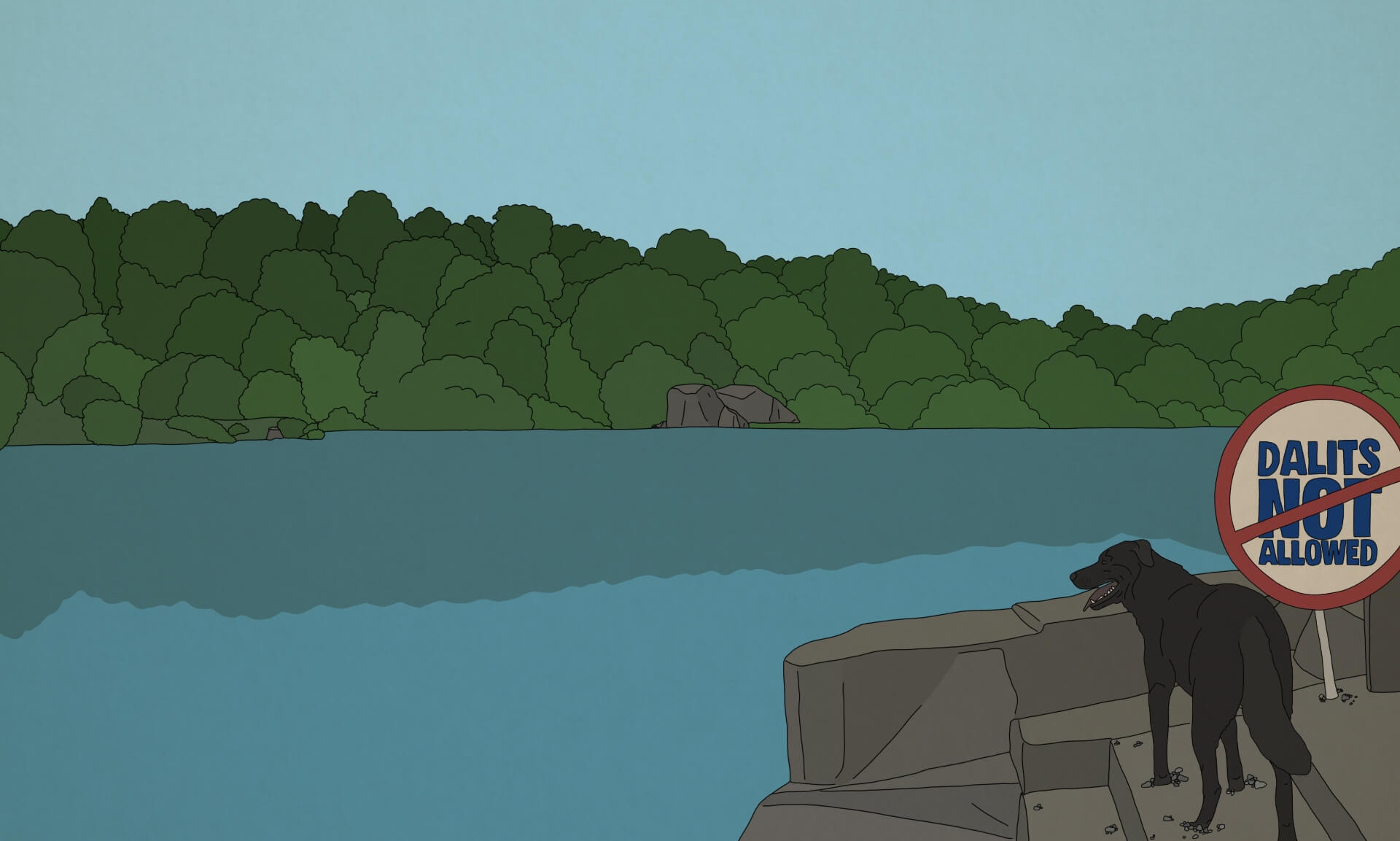
Before the Bole Resolution was passed in 1923, the Chavdar Tank in Mahad
READ MORE

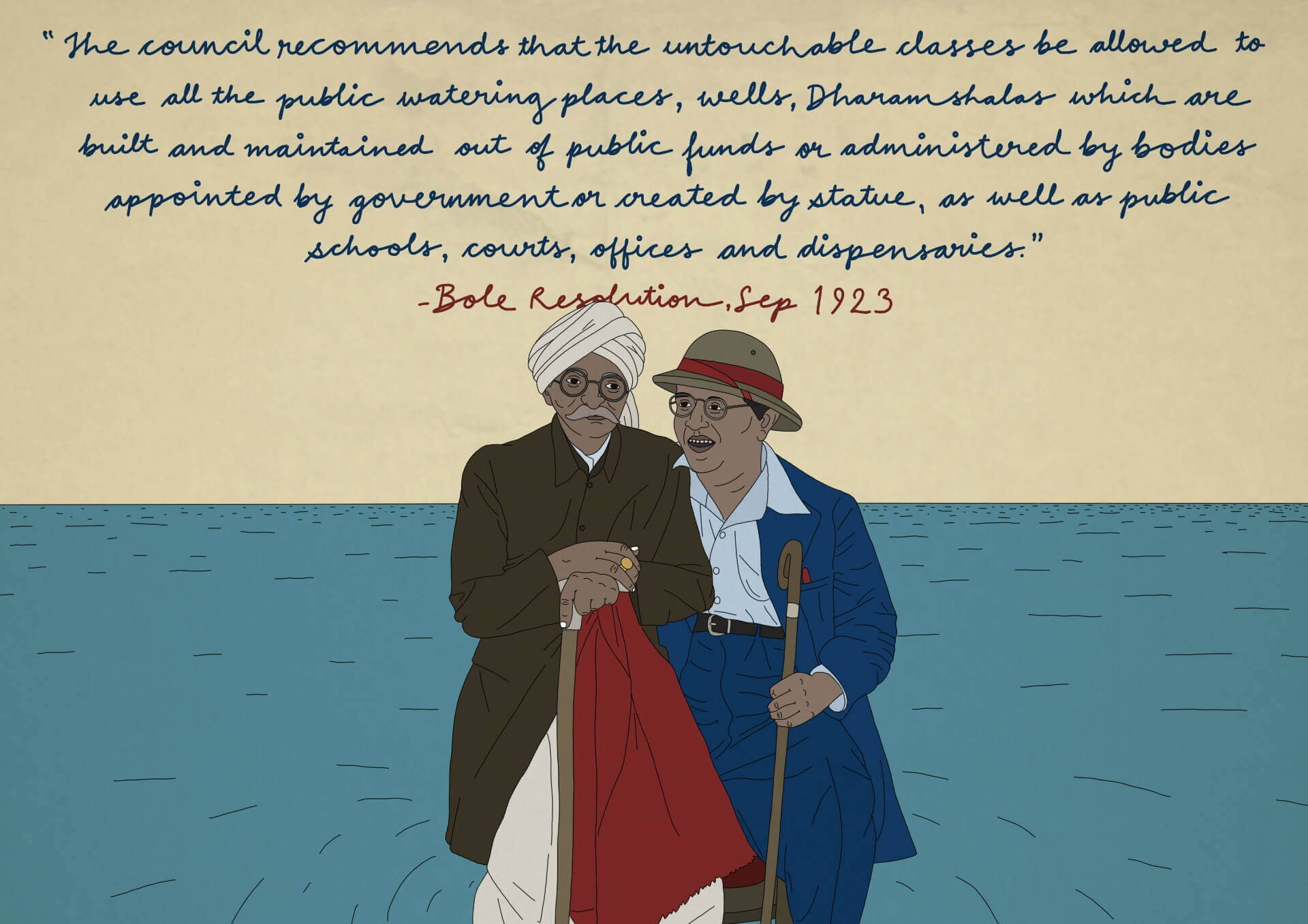
Mahad Municipality, which was part of Bombay Province territory, had reaffirmed this resolution in 1924. However, the resolution remained on paper until Dr Ambedkar and his companions went to drink water from the Chavdar tank of Mahad on March 20, 1927.
SEE LESS
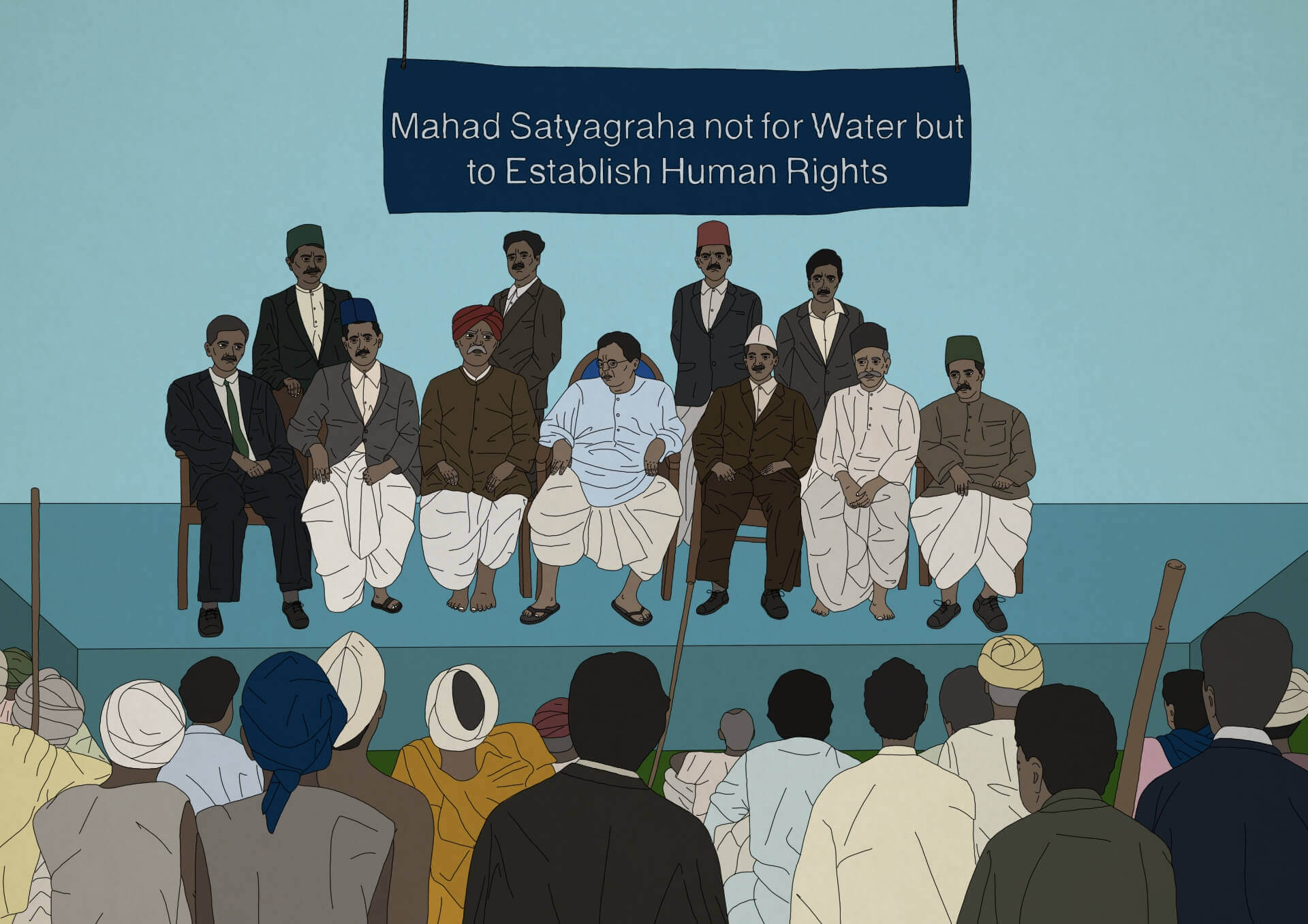
Dr Ambedkar had gone to Mahad for a two-day conference organised by Kolaba
READ MORE


Mahad Municipality, which was part of Bombay Province territory, had reaffirmed this resolution in 1924. However, the resolution remained on paper until Dr Ambedkar and his companions went to drink water from the Chavdar tank of Mahad on March 20, 1927.
SEE LESS

Two hours after the event, upper-caste Hindus raised a false rumour that
READ MORE
Mahad satyagrah wasn’t just about water but human rights, but discrimination on the basis of caste is still practiced regularly in various educated class households. The rumour that helps propagate this discrimination is hygiene. I have always wondered, if those who clean our filth aren’t considered clean then is there anything in our civilisation that’s completely clean?
SEE LESS
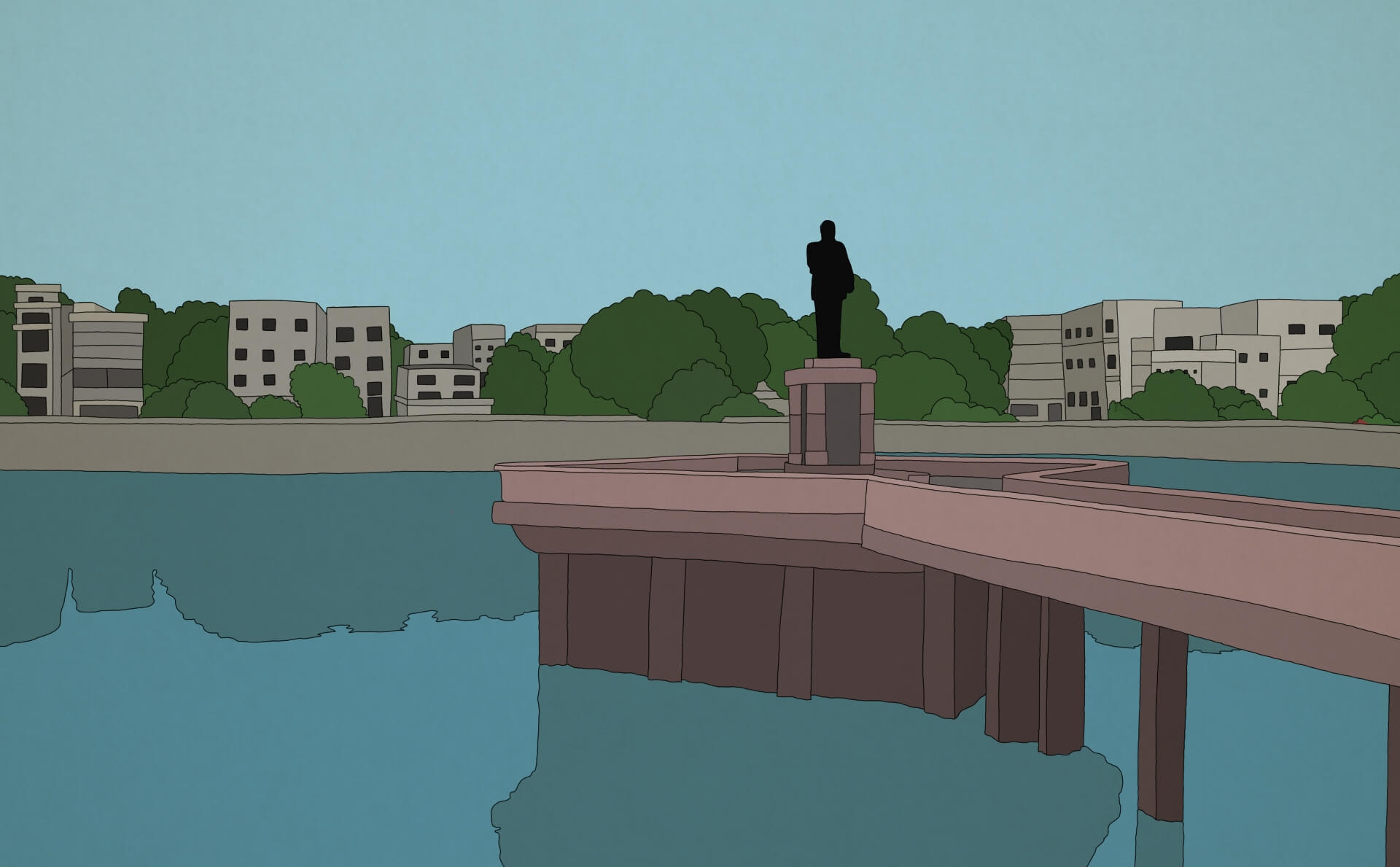
Today, after 93 years of Mahad Satyagraha, a Dalit man named Bapurao
READ MORE



Before the Bole Resolution was passed in 1923, the Chavdar Tank in Mahad was among the many water sources denied to the Dalit Community.


The Bole Resolution (August 4, 1923) said, “The Council recommends the Untouchable Classes be allowed to use all public watering places, wells and dharmashalas (Rest houses) which are built and maintained out of public funds or administered by bodies appointed by Government or created by statute, as well as public schools, courts, offices and dispensaries”
Mahad Municipality, which was part of Bombay Province territory, had reaffirmed this resolution in 1924. However, the resolution remained on paper until Dr Ambedkar and his companions went to drink water from the Chavdar tank of Mahad on March 20, 1927.


Dr Ambedkar had gone to Mahad for a two-day conference organised by Kolaba District Depressed Classes on March 19–20, 1927 on the invitation of Ramachandra Babaji More. Dr Ambedkar presided over this conference, which was attended by thousands of delegates. The main agenda of the gathering was to raise awareness about the civil rights of Dalits. During the conference it was decided that the attendees would march to Chavdar tank and the “untouchables” will assert their moral and legal right to access a public water body.


The Bole Resolution (August 4, 1923) said, “The Council recommends the Untouchable Classes be allowed to use all public watering places, wells and dharmashalas (Rest houses) which are built and maintained out of public funds or administered by bodies appointed by Government or created by statute, as well as public schools, courts, offices and dispensaries”
Mahad Municipality, which was part of Bombay Province territory, had reaffirmed this resolution in 1924. However, the resolution remained on paper until Dr Ambedkar and his companions went to drink water from the Chavdar tank of Mahad on March 20, 1927.


Two hours after the event, upper-caste Hindus raised a false rumour that the “untouchables” were also planning to enter the temple of Veereshwar, which prompted many to gather with bamboo sticks at street corners. They dashed into the pandal. Many of the delegates were at that time scattered in small groups in the city. Some were busy packing and a few were taking their meals before dispersing for their villages. The majority of the delegates had by now left the town. The rowdy mob pounced upon the delegates in the pandal, knocked down their food in the dust, pounded their utensils and beat them.
Mahad satyagrah wasn’t just about water but human rights, but discrimination on the basis of caste is still practiced regularly in various educated class households. The rumour that helps propagate this discrimination is hygiene. I have always wondered, if those who clean our filth aren’t considered clean then is there anything in our civilisation that’s completely clean?


Today, after 93 years of Mahad Satyagraha, a Dalit man named Bapurao Tajne had to dig his own well in order to fulfil the need of WATER for his family. Bapurao Tajne had no option but to spend 40 days digging a well after his wife attempted to draw water from the well of someone of a higher caste and was denied — and humiliated. The goal of Mahad Satyagraha and the arguments Dr Ambedkar put forth on 19th March 1927 in the Depressed Classes Conference, are still so relevant today for the society we live in. We need to read and understand what Dr. Ambedkar said and worked for - the cause of establishing a just and equal society based on liberty, equality, and fraternity.